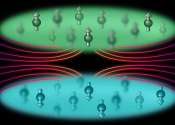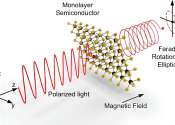Visual observation of photonic Floquet–Bloch oscillations
Recently, the exploration of Bloch oscillations (BOs) in periodically driven quantum systems, equivalent to "Floquet systems," has drawn tremendous attention because their exotic characteristics are profoundly distinct from ...









